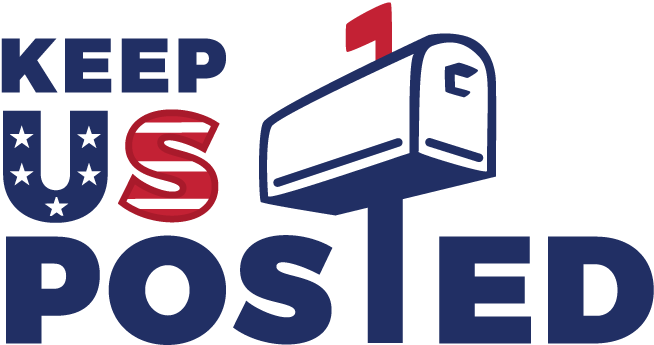By Trudy Lieberman, Rural News Health Service
Drug pricing plan preserves big-picture status quo
The headline in the Wall Street Journal seemed to sum up the president’s plans for dealing with America’s high drug prices. “Drug Industry Relieved By Price Proposal,” it read and then described the president’s blueprint as falling short of “more far-reaching ideas.” Since the plan contained no major threat to the status quo, it’s no wonder it boosted pharmaceutical stocks.
In other words, the plan continued the current system under which the government does not negotiate the prices it pays for medicines under the Medicare program, a far-reaching solution that I’ve discussed before in this space. The 2003 law that gave seniors a drug benefit under Medicare prohibited such negotiations, which pharmaceutical manufacturers loudly and forcefully opposed. They feared that allowing the government to use its muscle to bargain over drug prices might slow their escalating increases.
Drug makers weren’t about to let that happen, and the supporters of the law were so eager for a guaranteed benefit, they had little bargaining power to push back.
For a few years after the law was passed, pharmaceutical prices didn’t increase very much. In recent years, however, that has changed as prices for new drugs like Sovaldi and Harvoni to treat hepatitis C hit new highs. Sovaldi cost $84,000 for a three-month course of treatment when it was introduced in 2013. Harvoni cost $94,500 for three months when it made its market debut a year later.
Consumers are also complaining about rising prices for more common medicines like insulin. Typical is this complaint from a diabetic who said the price of an insulin pen increased nearly 68 percent from $73 in July 2014 to $123 in March this year. “This is not exactly a new drug,” he told me.
The pricing practices of all the players in the drug distribution system are responsible for the confusing pricing system we have. Pharmaceutical manufacturers and PBMs or pharmacy benefit managers – third-party administrators brought in to help insurers manage their drug costs – bear responsibility. So do the pharmacies themselves when they offer coupons to consumers to lower their out-of-pocket costs, easing some individual burdens but doing nothing to solve the larger problem.
What’s more, their actions are hardly transparent.
The odds are that the president’s blueprint will do little to bring clarity and lower prices. “Overall this is quite underwhelming in scope,” Craig Garthwaite, director of the health care program at Northwestern University’s Kellogg School of Management, told the Journal. “The proposal is vague on details and filled with more slogans than actual sound economic policies.”
For example, the blueprint calls for examining whether to allow Medicare drug plans to pay different amounts for the same drug depending on the illness involved. And the government wants to explore money-back guarantees in which a drug manufacturer promises to give back money if a medication does not work. Insurers are already engaging in this practice with pharmaceutical companies, but cost savings are unclear.
The administration also wants to consider listing the price of pharmaceuticals, but it’s not clear that affects consumer behavior or brings market pressure to bear.
Another idea the president threw out was to pressure other countries into raising the prices of drugs their citizens buy. Although he said high drug prices in the U.S. are subsidizing innovation that benefits the world and noted that “America will not be cheated any longer by foreign countries,” details for this proposal were vague.
In many nations prices are determined through negotiations between the government and the pharmaceutical industry. Would other countries raise their prices to please the U.S.? Would American drug makers lower theirs?
Nothing in this vague blueprint surprises me.
Until my recent illness – an infection that caused my system to shut down and resulted in a four-month hospitalization – I was following a campaign by the drug industry to rehabilitate itself and seize control of the public narrative over drug prices, as Politico described it. One way the drug industry did that was to retool its lobbying machine, try to drive a broader discussion on health costs, and emphasize that other players had a role to play in keeping down costs.
Almost daily, a drug company or a related business sponsored content in several online health newsletters that are read by Washington lobbyists, health experts, Congressional staff members, and journalists. Sometimes the sponsored messages looked like the regular content of the newsletter. Even though they were flagged as paid content, the format often made me think I was reading a legitimate news story. One “story” sponsored by the pharmacy benefit management industry said they were not the ones to blame for higher prices.
With clout like this, is it any wonder the industry has managed to keep drug price negotiation out of the picture?
How have high drug prices affected you? Write to Trudy at trudy.lieberman@gmail.com.



